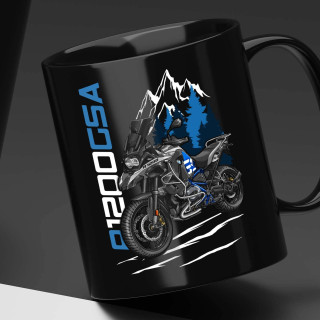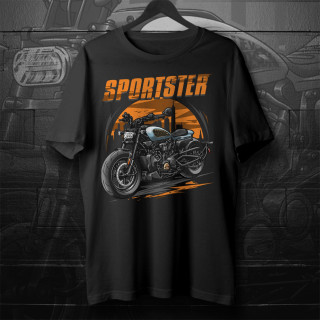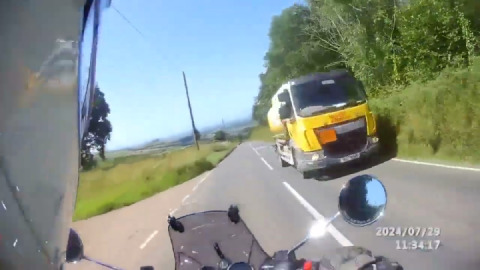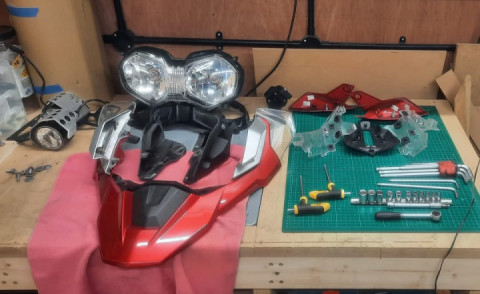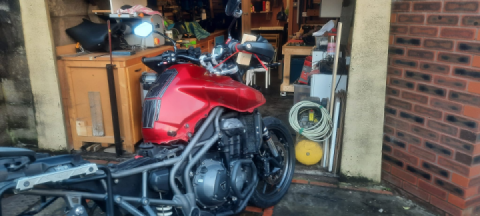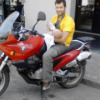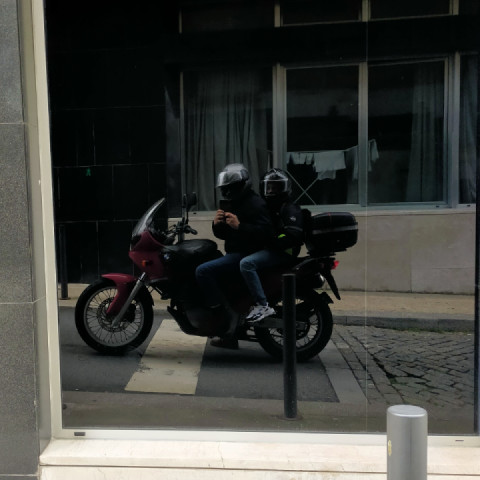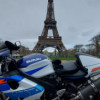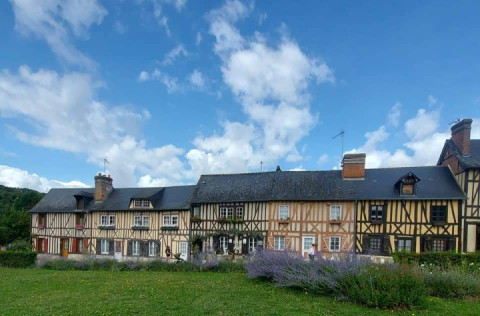New research suggests that there is a big gap between American education about concussion and how to use a helmet to reduce the risk of concussion.
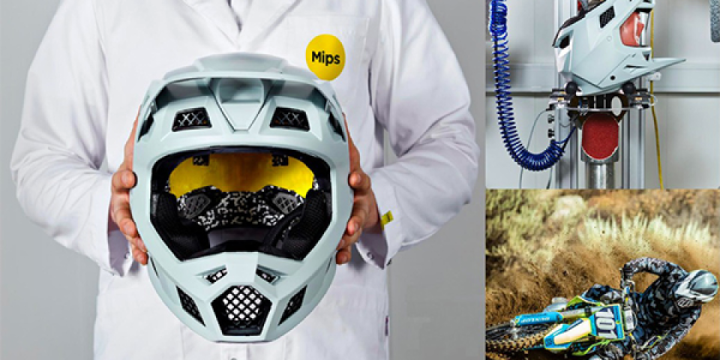
In the United States, the epidemic of traumatic brain injury (TBI), especially in sports, is called a crisis. According to the National Center for Disease Control and Prevention (CDC), there were 64,362 TBI-related deaths in 2020, 223,135 TBI-related hospitalizations in 2019, and more than 611 TBI-related hospitalizations per day. And there were 176 TBI-related deaths.1 In 2020, the CDC also reported that 7% of U.S. children suffer from TBI.2 In addition, about 3.8 million concussion cases occur each year from sports-related injuries in the United States.3
Conducted by consumer research firm Nielsen and commissioned by helmet safety technology firm Mips, the study provides a representative sample of 1,000 Americans, evenly divided into men and women between the ages of 18 and 65. I investigated. All surveyed subjects have purchased helmets in the last 3 years or have helmets for cycling, rock climbing, riding, motorcycling, skiing, snowboarding, team sports or safety equipment within the next 6 months. I plan to buy.
One of the most important findings of the study is that 70% of American helmet buyers are unaware of the term rotational movement. The lack of understanding of rotational movement, a major factor in TBI, appears to correlate with American helmet purchase decisions. Seven out of ten American helmet buyers did not consider how well a helmet would be protected from rotational movements when buying a helmet.
Rotational movements are a common cause of more severe brain damage due to concussion or diagonal striking of the head. In most cases, when you fall and hit your head on the move, you don’t hit your head straight at a 90 degree angle to the surface. Instead, they often fall and hit their head diagonally, much like a tennis ball hits the ground after being hit with a racket. When the head hits something at an angle, the head is usually exposed to rotational movements. Studies have shown that this can be more dangerous than linear motion.
Pioneering studies in the mid-20th century have shown that rotational movement is an important factor in some traumatic brain injuries such as concussion and diffuse axonal injury.4,5,6 Rotational movement causes shearing of brain tissue, which can cause traumatic brain injury. After these pioneering studies, more recent studies support the prevalence of rotational movement in diffuse traumatic brain injury.7,8,9,10 Despite this evidence, there are only two helmet test standards today that describe rotational movement (FIM and ECE22.06), both of which relate only to EU motorcycle helmets.
The study also found that about 40% of American helmet buyers had suffered a concussion in the past, and 60% of them did not wear a helmet at the time of the concussion. In addition, comfort and fit are the most important criteria Americans consider when buying a helmet, followed by certain safety regulations and prices, followed by perceived protection against head injuries.
“Around the world, traumatic brain injury (TBI) is not well understood,” said Peter Halldin, co-founder of Mips. “Improved safety and support[ing] Increase education on TBI — nothing more important. For example, when buying a helmet for a child, or when buying a helmet for yourself or a loved one, think of your parents. How can people make informed decisions if they don’t have the relevant information? “
Scientific sources
- Centers for Disease Control and Prevention. National Center for Health Statistics: CDC WONDER mortality data. Accessed in 2022. https: //wonder.cdc.gov/mcd.html. 2. Centers for Disease Control and Prevention. Concussion and Brain Injury in Children: USA, 2020. Accessed in 2022. https://www.cdc.gov/nchs/data/databriefs/db423.pdf
- University of Michigan Health, Neuroscience – Concussion of athletes. Accessed in 2022. https://www.uofmhealth.org/conditions-treatments/brain-neurological-conditions/concussi on-athletes-neurosport
- Holborn, AHS (1943). Head trauma mechanics. Lancet, 9, 438–441. 5. Ommaya, AK, Yarnell, P., Hirsch, AE, and Harris, EH (1967). Scaling experimental data on concussion in subhuman primates to the human concussion threshold. 11 11th Stapp Car Crash Conference, 47-52.
- Margulies, SS, and Thibault, LE (1992). Proposed tolerance criteria for diffuse axonal injury in humans. Journal of Biomechanics, 25 (8), 917–923.
- Browne, KD, Chen, XH, Meaney, DF, and Smith, DH (2011). Mild traumatic brain injury and diffuse axonal injury in pigs. Journal of Neurotrauma, 28 (9), 1747–1755. 8. Gennarelli, TA, Thibault, LE, and Ommaya, AK (1972). Pathophysiological response to head rotation and translational acceleration. 16 16th Stapp Car Crash Conference, 296–308.
- Kleiven, S. (2007). Predictors of traumatic brain injury assessed through accident reconstruction. Stapp Car Crash Journal, 51, 81–114.
- Kleiven, S. (2013). Why most traumatic brain injuries are caused by skull fractures rather than by linear acceleration. Frontiers of bioengineering and biotechnology, 1, 1–5.
#Bike #Moto #Technologies






